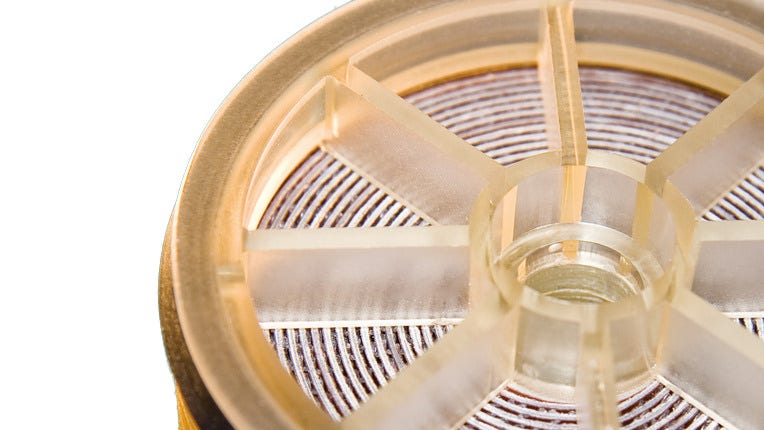E-coating Process

Finishers choose electrocoating to provide their products with a durable, lasting coating.
MANN+HUMMEL’s SPIRA-CEL EY and FY Series elements are customizable for adaptation to different levels of solid content, and their surface area to volume ratio is ideal for e-coating.
Main applications include:
- Automobiles
- Automotive Parts
- Agricultural Equipment
- Appliances
- Marine Components
